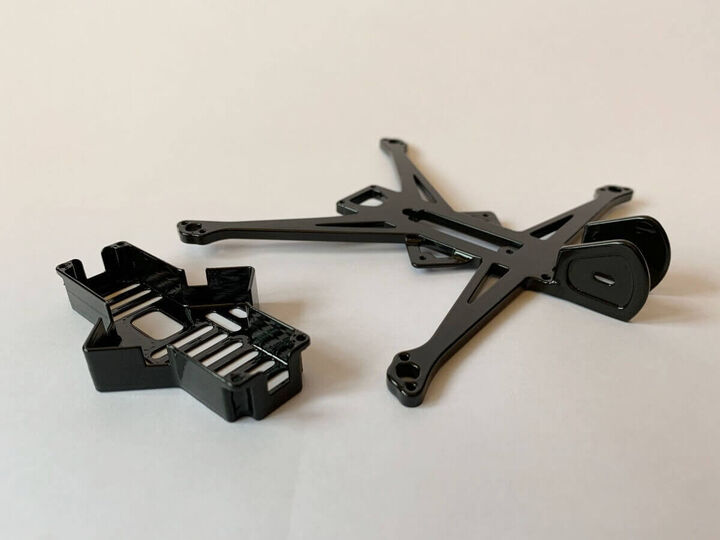
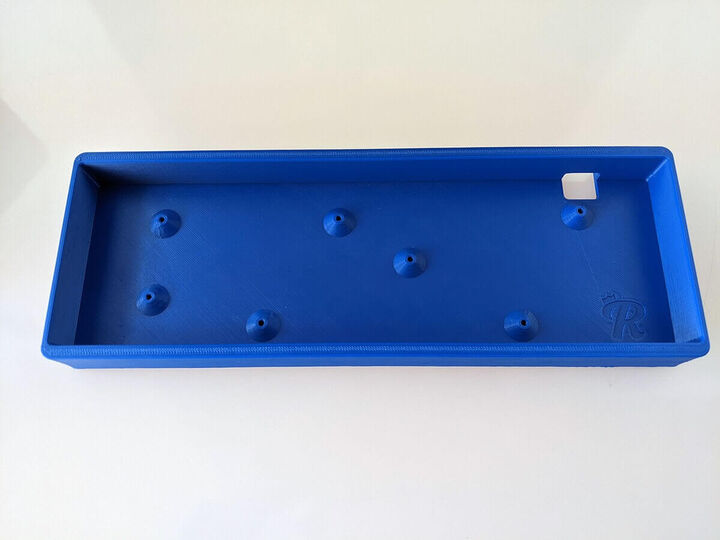
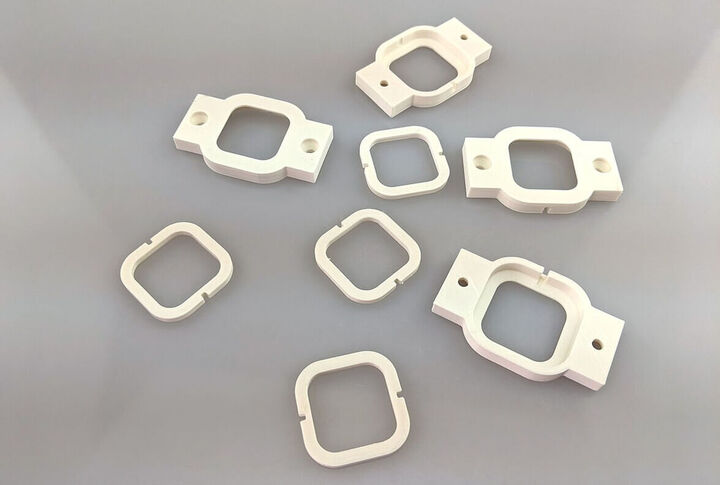
ASA is a shortening for Acrylonitrile styrene acrylate, and this is a thermoplastic that can be used as a good alternative to ABS. ASA can be seen in automotive components thanks to its great properties and sturdiness. You can find ASA in a form of resin (used for molding), or solid like filament, film or sheet material. The natural color of ASA in off-white but the material can be colored.
Order in ASA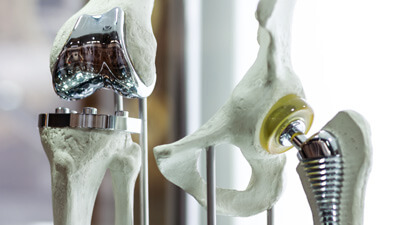

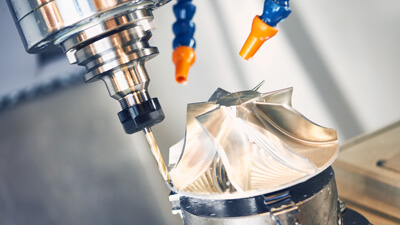
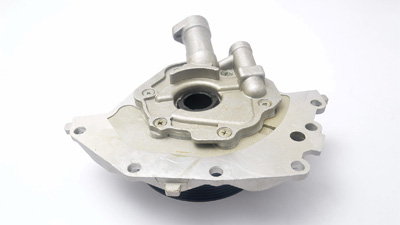
| Property | Value |
|---|---|
| Density | 1.07 g/cc * |
| Tensile Strength | 44.2 MPa ** |
* Average value for Grade Count 123, ** Average value for Grade Count 26
ASA material is manufactured by introducing a grafted acrylic ester elastomer during the copolymerization reaction between styrene and acrylonitrile. The reason for such a change is that ASA has better weather wear and UV resistance.
ASA is available in different grades to meet the needs of injection molding or extrusion for specific products. Some grades are also food safe, so they can be used for manufacturing products like toothbrushes, coffee making machines, and microwave safe containers.
In some applications, ASA can be combined with other thermoplastics like Polycarbonate to withstand stress and temperatures. Such reinforced ASA/PC compound can be created for flame-retardant parts or electroplating.
ASA filament is used instead of ABS for mechanical parts that need durability. But there is a difference between ABS and ASA in properties, price point and work each material requires from you. In recent times ASA became more affordable and improvements in desktop FDM printers allow to work with it well. It still requires a well-leveled bed, good heating capabilities, correct cooling process, and adhesion improvements.
The end prints made with ASA are sturdy and stiff like ABS but on top of that, they would withstand weather and sun much better. Some people also notice that ASA may be more tactile pleasant than ABS.
Using ASA for injection molding is very popular: resins of this type can be processed with most conventional methods. End products would have a high gloss, good chemical and heat resistance, and high impact strength, even at low temperatures.
ASA material can be also used in blow molding and welding. It is possible to use solvents to weld some grades of ASA. Resins also support extrusion, structural foam forming. A sheet ASA can be thermoformed.
全てのコメント (0)